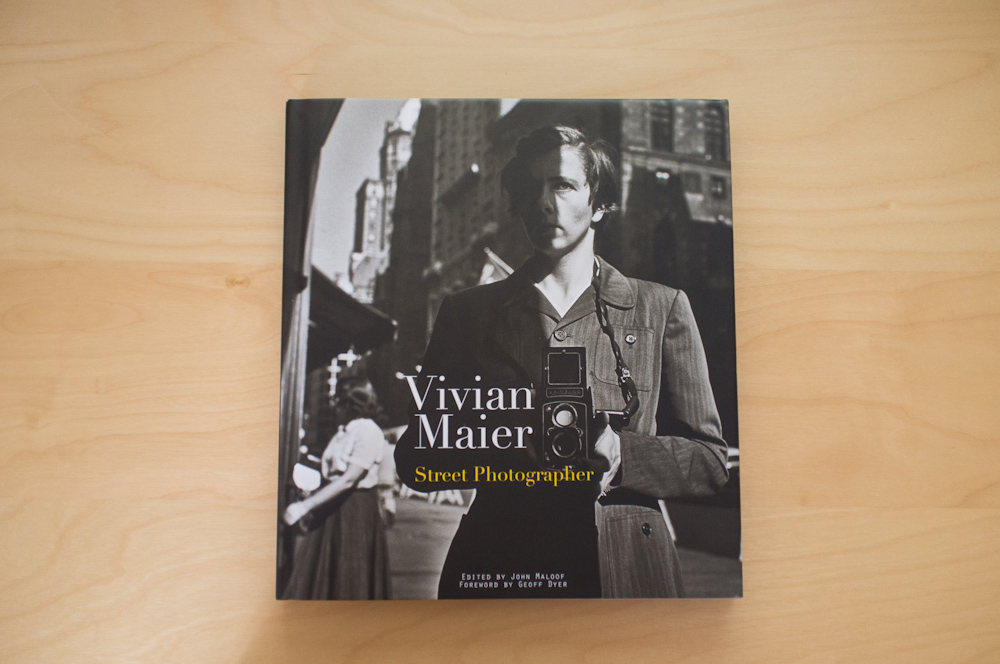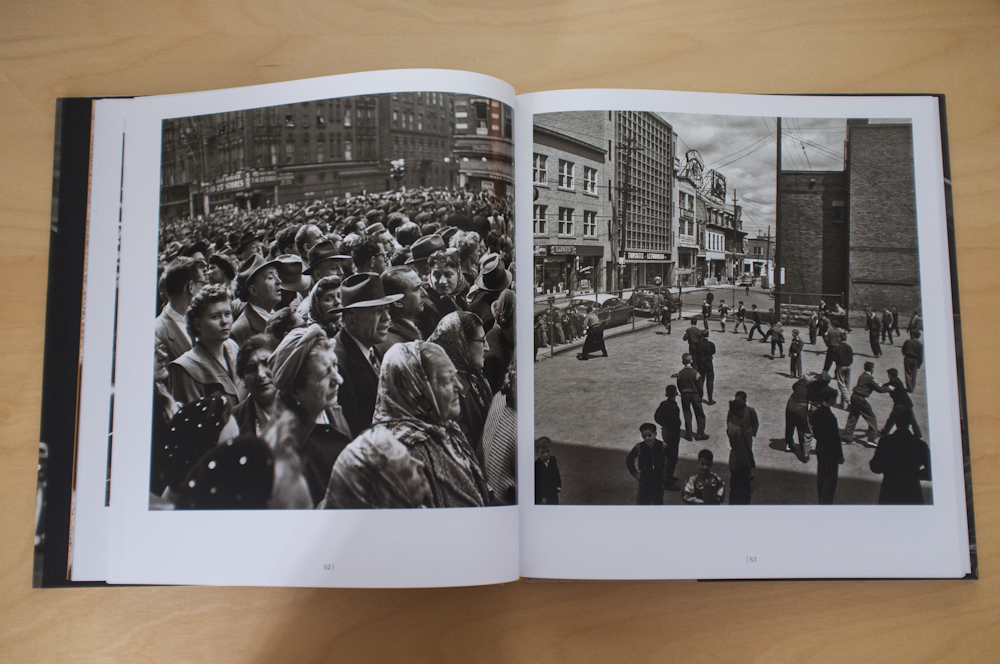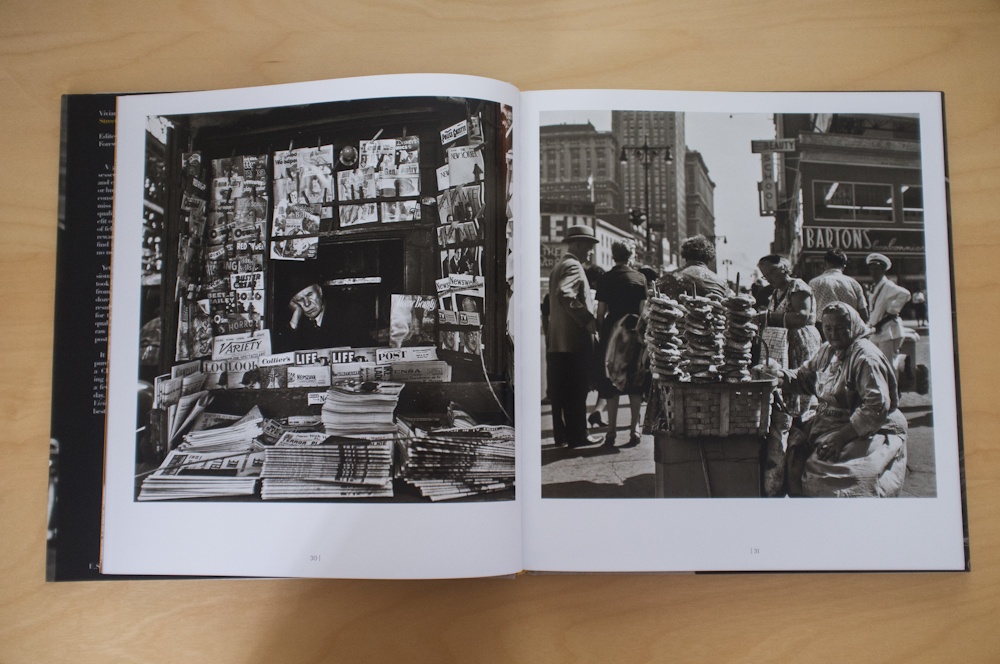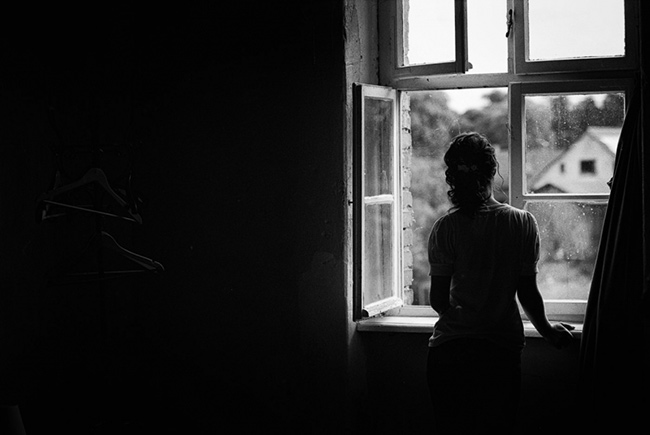Jeder der so ein bisschen verfolgt, was ich mache, der weiß, dass ich gerne schwarzweiß Fotos mag und dass es mir manchmal auch gar nicht zu viel Körnung sein kann.
Vieles lässt sich wunderbar digital in Lightroom oder noch besser Silver Efex Pro erreichen. Irgendwo gibt es da aber einfach eine Grenze. Ab da hilft es nur noch einen echten schwarzweiß Film in eine Kamera einzulegen und ihn zu belichten.
Ich bin allerdings fotografisch gesehen komplett digital aufgewachsen. Meine erste Kamera war eine Nikon Coolpix 3000irgendwas wenn ich mich recht erinnere. So ein kleines Kompatkding. Danach kam dann die Canon EOS 350D, gefolgt von der 5D und weiteren digitalen Kameras.
Das alles ändert aber nichts daran oder ist vielleicht genau der Grund dafür, dass ich den Look von analogen Fotos einfach liebe. Das hat dann irgendwann dazu geführt, dass ich mir eine alte Canonet gekauft habe, die dann allerdings den Geist aufgab bevor ich den ersten Film überhaupt entwickeln konnte. Naja, damit habe ich die Analogfotografie dann auch wieder beiseite gelegt. Versuch fehlgeschlagen.
Irgendwann vor ein paar Wochen hat es mich dann wieder gepackt. Dieses Fieber, diese Sucht nach dem Analoglook. Ich wollte es ein für alle mal ausprobieren um dann entscheiden zu können, ob die Analogfotografie etwas für mich sein könnte oder nicht.

Zum Glück war der Christian Drefke so nett und hat mir seine Leica M6 mit einem 35er f/2 Zeiss geliehen. Hätte also kaum besser laufen können.
Die Kamera lag dann trotzdem gute zwei Wochen nur rum bis ich vergangenes Wochenende dann endlich den ersten Film eingelegt hab und das gute Stück mit auf eine kleine Tour durch die Hamburger Innenstadt nahm. Wow, hat das Spaß gemacht!
Abgesehen davon, dass ich mich sofort wieder, wie damals schon mit der M9, in den Messsucher verliebt habe, war auch der Rest total großartig. Alles manuell. Blende einstellen, richtige Belichtungszeit finden, scharfstellen, Klick, Ratsch und die Szene ist auf Film gebannt. Ein Blick auf das Rückteil der Kamera bleibt mir erspart und damit auch irgendwie die Unruhe. Man würde ja meinen, dass gerade dadurch, dass man das Bild nicht sofort kontrollieren kann Unruhe entsteht, weil man nicht weiß wie das Foto geworden ist. Aber bei mir hat sich von Anfang genau das Gegenteil eingestellt.
Ich fühle mich, Achtung Buzzword, total entschleunigt und beruhigt. Es gibt keinen Druck, keine Hektik. Irgendwie hat man alles unter Kontrolle und wenn nicht braucht man sich auch erstmal keine großartigen Gedanken machen. Das Ergbnis gibt’s später erst zu sehen. Und genau das ist es auch was toll ist. Ich brauche mich während des Fotografierens nicht zu sehr mit dem gerade geschossenen Bild beschäftigen, sondern kann mich sofort auf das nächste Foto konzentrieren und mit offenen Augen durch die Welt gehen.
Klar, ich weiß was ihr denkt, das kann man mit einer digitalen Kamera auch, aber wer macht das schon? Es ist einfach was anderes.
Außerdem habe ich mich schon total an das Weiterspulen des Films gewöhnt nachdem ich ein Foto gemacht habe. Irgendwie ein tolles Gefühl. Klingt blöd, ist aber so.
Das alles schreibe ich jetzt voller Ãœberzeugung und Freude ohne bisher die ersten Ergbnisse gesehen zu haben. Deshalb bezieht sich alles auch lediglich auf meine Erfahrungen während des Fotografierens und noch nicht auf die entstandenen Fotos.
Aber bis hierhin hatte ich schon mal ziemlich viel Spaß mit der Analogfotografie. Ein echtes, kleines Foto-Abenteuer.
Mehr aus meiner analogen Welt, sobald es was zu sehen gibt.



